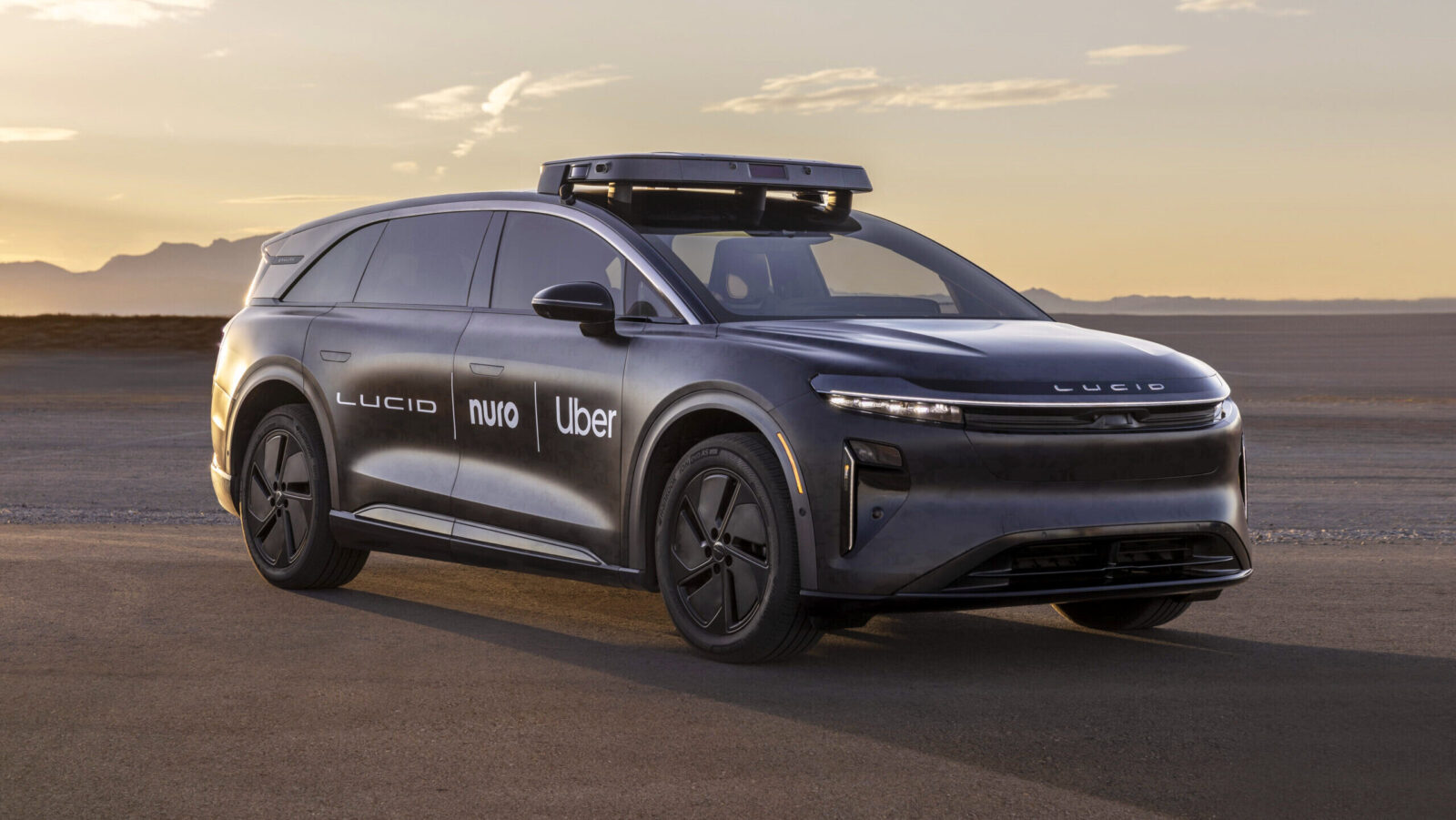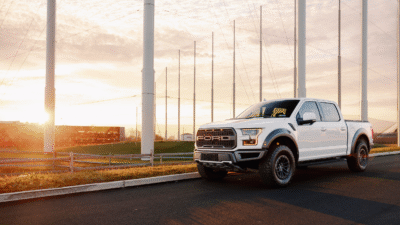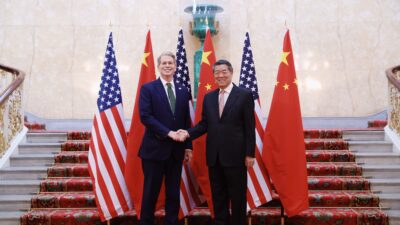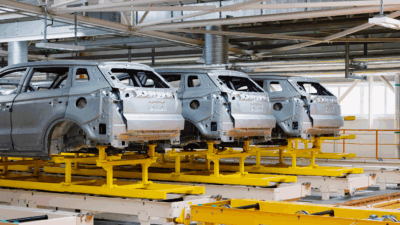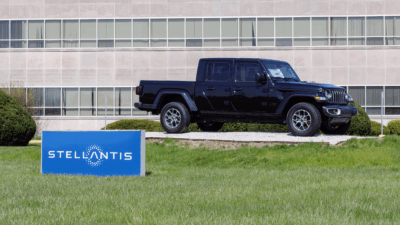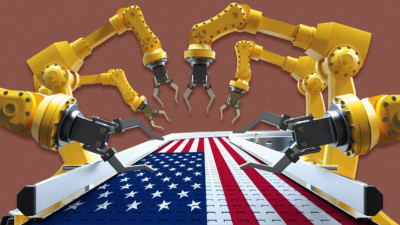
Sign up for smart news, insights, and analysis on the biggest financial stories of the day.
The Rust Belt may soon be getting some new shine.
On Thursday, Ford announced a massive initiative to invest $3.7 billion and bring over 6,200 United Auto Workers union jobs to the Midwest as it plans to drastically expand its electric vehicle production capacity. There’s only one question: can an electric current flow through rusted metal?
21st Century Production Line
In November, the auto titan made public plans for an ambitious new goal in an attempt to catch up to EV pack-leader Tesla: producing 600,000 electric vehicles a year by the end of 2023, and 2 million a year by 2026. Last Fall, Ford also made an $11 billion investment in battery plants in Tennessee and Kentucky.
Now, the massive investment in domestic production continues, with Ford planning to spend $2 billion across three plants on its Michigan home turf, another $1.5 billion on three Ohio factories, and $95 million on a plant in Missouri. A bevy of state subsidies will help accelerate Ford’s push into an EV-focused future:
- Ford will be receiving $200 million in economic incentives from Ohio, and another $150 million from Michigan, according to the president of Ford’s internal combustion engine division, Kumar Galhotra. Since 2002, US states and local governments have granted over $5 billion to automakers developing EVs, according to the Financial Times.
- The Michigan plants will produce the F-150 Lightning pickup, which currently has a three-year-long waitlist; the Missouri plants will focus on the production of an electric van, while the Ohio plants will support the assembly of a yet-to-be-announced new EV that will debut by mid-decade. Some of the funding will also go toward the production of a new gas-powered Ranger pick-up model and Mustang coupe — some old habits die hard.
Union Victory: In addition to the 6,200 new jobs, Ford says it will transition another existing 3,000 part-time workers into full-time, union roles. The company is also spending another $1 billion to improve workplace conditions at its factories, including healthier cafeteria options and better parking lot lighting. It’s a rare win for the United Auto Workers union, which typically doesn’t see victories outside of once-every-four-year bargaining sessions. Who said company-union relations have to be so hostile?
